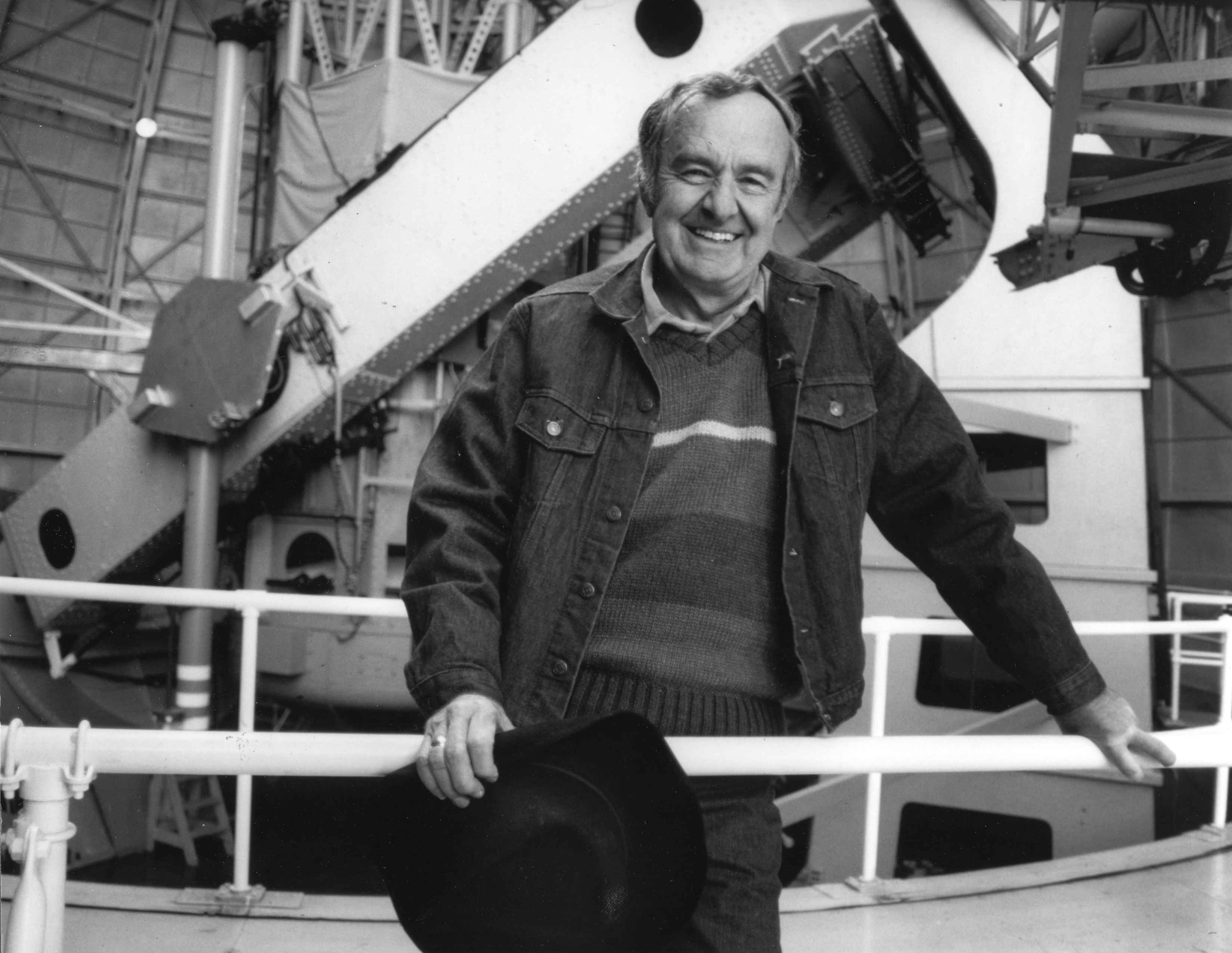We've discussed in a previous post how much of what we know about galaxies comes from studying their morphology (in other words, what they look like). This gives us a sense of what a galaxy's internal structure is and, at least in the local universe, galaxy morphology correlates with various other galaxy properties, such as color, star formation rate, and environment. Data from the Hubble Space Telescope is ideal for galaxy morphology studies, especially at high redshift, due to its exquisite high resolution and HST's location above the Earth's blurring atmosphere. With HST data, we are able to see detailed structure in distant galaxies that would be very difficult or impossible from the ground. So how do we actually go about measuring a galaxy's morphology?
 |
| A sampling of galaxies with various morphological types and colors. Credit: Zsolt Frei, Institute of Physics, Eötvös University, Budapest |
One of the typically used methods for studying galaxy morphology is to visually look at individual galaxies and classify them into a previously established system. This is what Edwin Hubble did when he first put forth the Hubble sequence. Hubble's classification scheme is what most modern schemes are based on (dividing galaxies roughly into spirals, ellipticals, and irregulars) but there are many other structural features one may wish to include, such as whether or not a bar or tidal features are present. Once a system has been decided upon, the next step is doing the work and looking at a lot of galaxies! Visually classifying galaxies can be very time consuming and can possibly be biased by several different factors (Are you more likely than others to identify certain features? Were you tired when looking at the last set of objects?). However, the human eye is particularly adept at this type of pattern recognition and is unmatched when it comes to identifying faint features in galaxies.
Since classifying galaxies takes a long time, it can be difficult to build up large samples of objects with classifications. It was this problem that lead a group of astronomers to create the Galaxy Zoo project. These astronomers involved the general public in galaxy classifications. These citizen scientists (including hundreds of thousands of volunteers) classified galaxies in the nearby Universe from the Sloan Digital Sky Survey (originally; today Galaxy Zoo includes images from Hubble data as well) via the Galaxy Zoo website. Over time, these classifications have built up to an incredible database of classifications and have lead to public data releases and a number of publications.
Despite the benefits of visual classifications, astronomers have searched for ways to automate galaxy morphology methods so that thousands to millions of objects can be investigated without the need to look at each one individually. Plus, a computer program that can classify galaxies would be able to do the exact same thing for each object, without bias. Several methods have been developed by different groups and they each have their own advantages and disadvantages.
One common method is to use a computer program to quantify how a galaxy's light distribution changes from the center of a galaxy to its edge. Is it very concentrated in the center like an elliptical galaxy or is it extended like a disk galaxy? Perhaps it's somewhere in between? This method is very successful at separating galaxies into spiral and elliptical categories. Another common technique is to quantify how asymmetric a galaxy is. This is done by rotating an image of a galaxy by 180 degrees and subtracting it from the original. Whatever is left tells you how asymmetric it is (if it was perfectly symmetric, like a circle, no signal would remain after subtracting). This method is commonly used to identify galaxy mergers since they are typically messy irregular systems. Another method, which was used in the paper presented in this previous post, combines two different parameters, one called 'Gini' - which is a measure of a galaxy's light distribution, and the other called 'M20' - the second order moment of a galaxy's brightest pixels. By combining these two, galaxies can be split into bulge dominated and disk dominated objects. This method has also been used to identify galaxy mergers.
By combining some of these structural measures with visual classifications, we can calibrate each method (what are the parameters of galaxies with known types?) and study how well each works as a function of a galaxy's brightness and its distance from us. The more distant a galaxy is, the fainter its features are, and the more difficult its morphology can be to measure. In future posts, we will discuss some CANDELS science results using all of these different methods and applying them to galaxies in the distant universe.

















